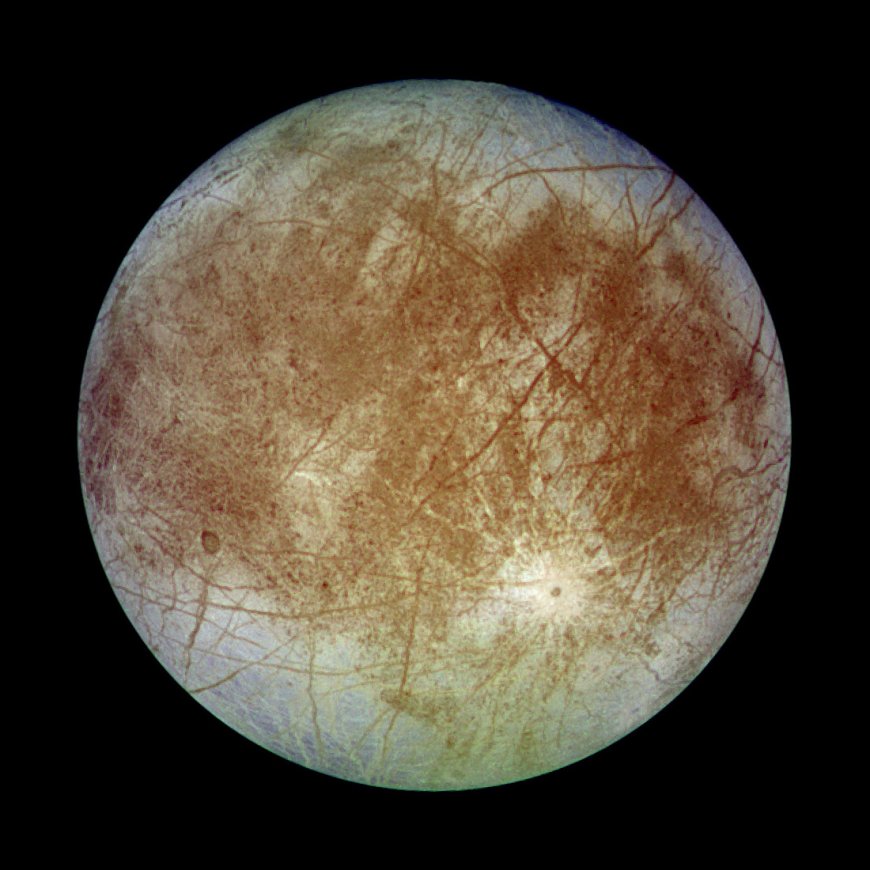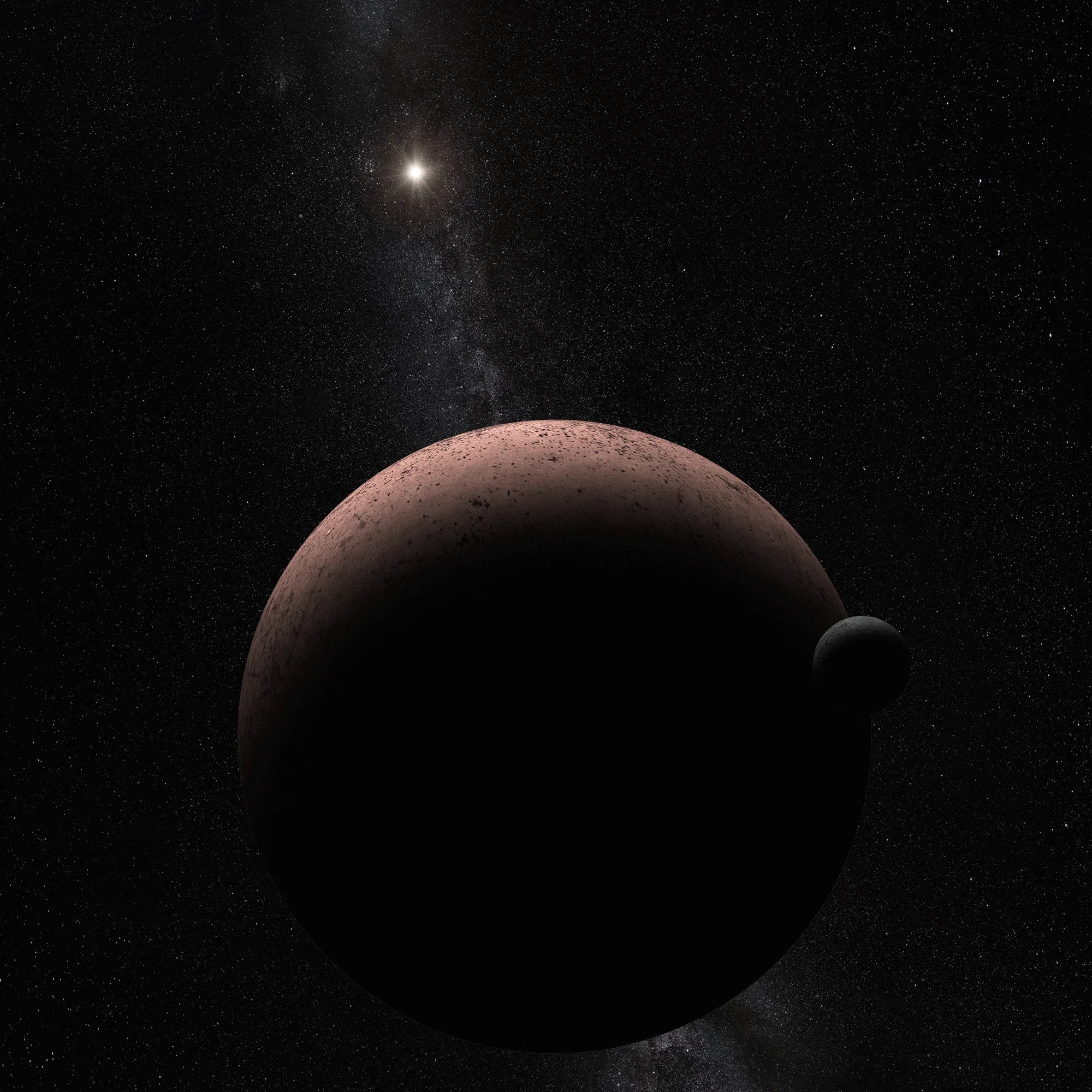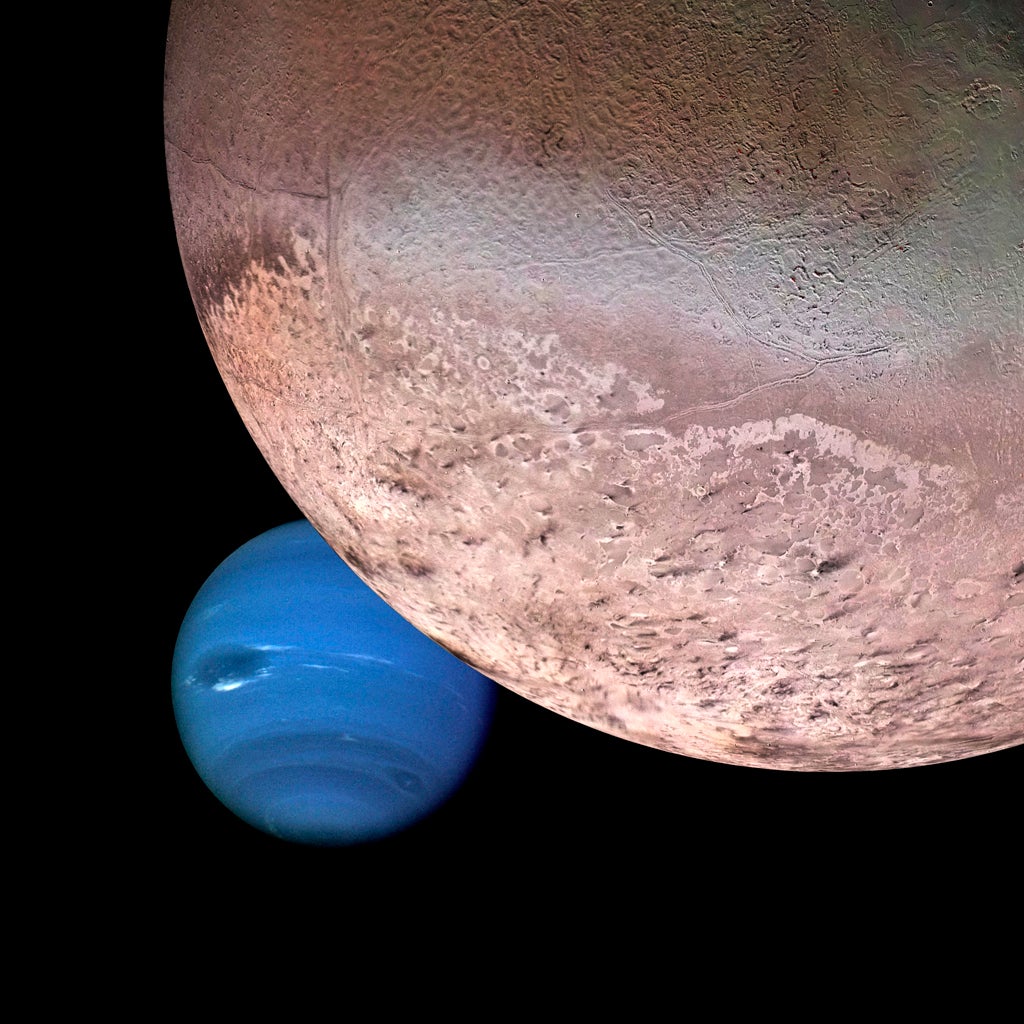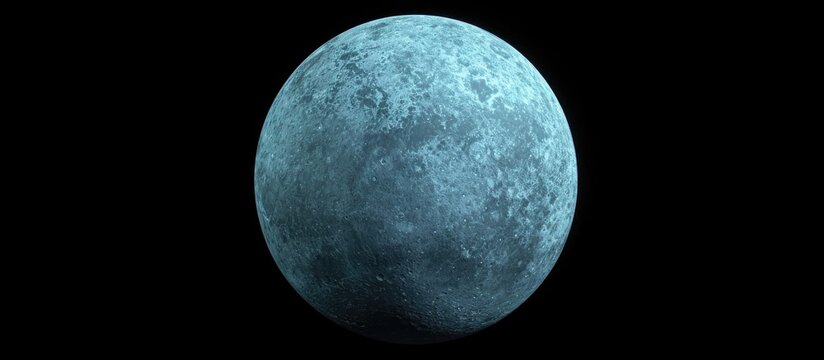Europa: Jupiter’s Mysterious Ocean Moon
Europa, the Jupiter’s icy moon, where a vast subsurface ocean may hide the potential for life. Uncover its cracked surface, hidden depths, and the science driving future missions to this frozen world.
A Frozen World of Secrets
Europa, one of Jupiter’s largest moons, is an icy world full of mysteries. It is slightly smaller than Earth’s moon, measuring about 3,100 kilometers (1,940 miles) in diameter (NASA, 2023). Unlike most rocky moons, Europa’s surface is made of water ice, giving it a bright and reflective appearance. The ice is mostly white and light blue, with brownish streaks that form complex patterns. These colors indicate the presence of minerals and possible organic compounds (Hand et al., 2020). Scientists believe that beneath Europa’s thick ice shell, a vast ocean of liquid water exists, making it one of the most promising places to search for extraterrestrial life.
Cracked and Streaked Icy Surface
Europa’s surface is unique, covered in crisscrossing ridges and deep cracks. These fractures, called lineae, are dark reddish-brown, likely caused by minerals and salts from the subsurface ocean (Pappalardo et al., 1999). Unlike Earth’s landmasses, Europa lacks mountains and large craters because its icy crust constantly reshapes itself. The surface is extremely smooth compared to other moons, with very few impact craters, suggesting that the ice replenishes itself over time (Phillips et al., 2000). This ongoing surface activity hints at a dynamic interior that could be driven by tidal heating from Jupiter’s gravitational pull.
An Ocean Hidden Beneath Ice
Beneath Europa’s frozen crust lies a hidden ocean that could be 40 to 100 kilometers (25 to 60 miles) deep, containing twice as much water as all of Earth’s oceans combined (NASA, 2021). This vast reservoir of water remains in a liquid state due to tidal forces exerted by Jupiter’s immense gravity. These tidal interactions generate heat, preventing the ocean from freezing solid. The possibility of liquid water raises hopes that microbial life might exist in this subsurface ocean, similar to deep-sea hydrothermal vent ecosystems on Earth (Chyba & Phillips, 2001).
A Thin Yet Dynamic Atmosphere
Europa has a very thin atmosphere, primarily composed of oxygen. However, unlike Earth’s oxygen-rich air, Europa’s oxygen does not originate from biological processes but from the interaction between sunlight, charged particles from Jupiter’s magnetosphere, and the ice on the moon’s surface (Hall et al., 1995). This fragile atmosphere is constantly replenished but remains too thin to support human life. It also lacks nitrogen, which is a crucial component of Earth’s breathable air.
Potential for Life Beneath the Ice
One of the most exciting aspects of Europa is its potential for harboring life. Scientists believe that if life exists there, it could be in the form of microscopic organisms living near hydrothermal vents on the ocean floor (Vance et al., 2016). Similar to deep-sea vents on Earth, these environments could provide energy and nutrients to support life without sunlight. The presence of organic molecules and energy sources makes Europa a top priority for future exploration missions.
Mysterious Water Plumes
Recent observations suggest that Europa occasionally ejects plumes of water vapor into space. These plumes, which reach heights of hundreds of kilometers, were first detected by the Hubble Space Telescope in 2012 (Roth et al., 2014). The presence of these geysers indicates that the subsurface ocean may be leaking through cracks in the ice. This discovery excites scientists because spacecraft could potentially fly through these plumes and analyze the water without drilling through the thick ice.
Jupiter’s Influence on Europa
As one of Jupiter’s four largest moons, Europa is locked in a gravitational dance with its host planet. This interaction creates immense tidal forces that stretch and compress Europa’s interior, generating heat and possibly keeping the subsurface ocean in a liquid state (Hussmann et al., 2002). Additionally, Jupiter’s powerful magnetic field interacts with Europa, inducing electrical currents within its ocean, which could help scientists understand the moon’s composition and water depth.
Upcoming Missions to Explore Europa
NASA and the European Space Agency are planning missions to explore Europa more closely. NASA’s Europa Clipper, set to launch in the 2030s, will conduct multiple flybys to analyze the moon’s ice shell, ocean, and atmosphere (Howell & Pappalardo, 2022). The spacecraft will carry advanced instruments to study Europa’s surface composition, search for signs of life, and measure the thickness of its ice shell. These missions will provide crucial data to determine if Europa has the right conditions for life.
Conclusion: A Moon Full of Possibilities
Europa is one of the most fascinating objects in our solar system. Its icy surface, hidden ocean, and the possibility of life make it a prime target for exploration. With its bright ice, dark cracks, and mysterious water plumes, Europa is unlike any other moon. Future missions may uncover secrets hidden beneath its frozen shell, bringing us closer to answering one of humanity’s greatest questions: Are we alone in the universe?
_____________________________________
References
Chyba, C. F., & Phillips, C. B. (2001). Possible ecosystems and the search for life on Europa. Proceedings of the National Academy of Sciences, 98(3), 801-804.
Hall, D. T., Strobel, D. F., Feldman, P. D., McGrath, M. A., & Weaver, H. A. (1995). Detection of an oxygen atmosphere on Jupiter’s moon Europa. Nature, 373(6516), 677-679.
Hand, K. P., Carlson, R. W., & Chyba, C. F. (2020). Energy, chemical disequilibrium, and geochemical cycles at Europa. Astrobiology, 20(10), 1234-1250.
Howell, S. M., & Pappalardo, R. T. (2022). The Europa Clipper mission: Exploring an ocean world. Space Science Reviews, 218(4), 35.
Hussmann, H., Spohn, T., & Wieczerkowski, K. (2002). Thermal equilibrium states of Europa’s ice shell: Implications for internal ocean thickness and surface heat flow. Icarus, 156(1), 143-151.
NASA. (2021). Europa: Ocean world. https://solarsystem.nasa.gov/moons/jupiter-moons/europa/overview/
NASA. (2023). Jupiter’s moons: Europa. https://science.nasa.gov/moons/jupiter-moons/europa
Pappalardo, R. T., Head, J. W., Greeley, R., Sullivan, R. J., Pilcher, C., Schubert, G., & Belton, M. J. S. (1999). Geology of Europa. Journal of Geophysical Research: Planets, 104(E10), 24015-24056.
Phillips, C. B., Zahnle, K. J., & Greenberg, R. (2000). Impact cratering on Europa: Results from numerical modeling. Icarus, 143(1), 90-103.
Roth, L., Saur, J., Retherford, K. D., Strobel, D. F., Feldman, P. D., McGrath, M. A., & Nimmo, F. (2014). Transient water vapor at Europa’s south pole. Science, 343(6167), 171-174.
Vance, S. D., Hand, K. P., & Pappalardo, R. T. (2016). Geophysical controls of chemical disequilibria in Europa. Geophysical Research Letters, 43(10), 4871-4879.
What's Your Reaction?







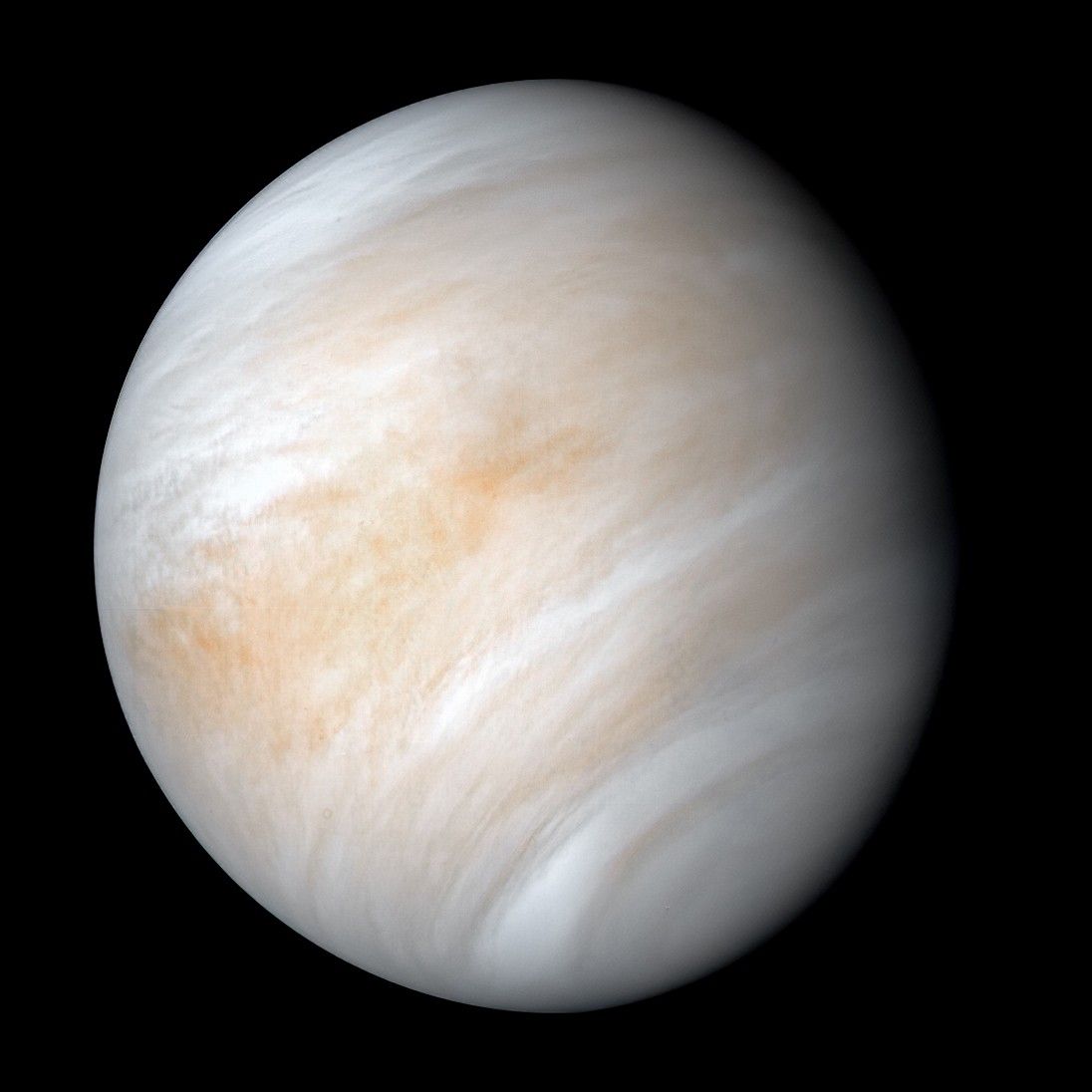

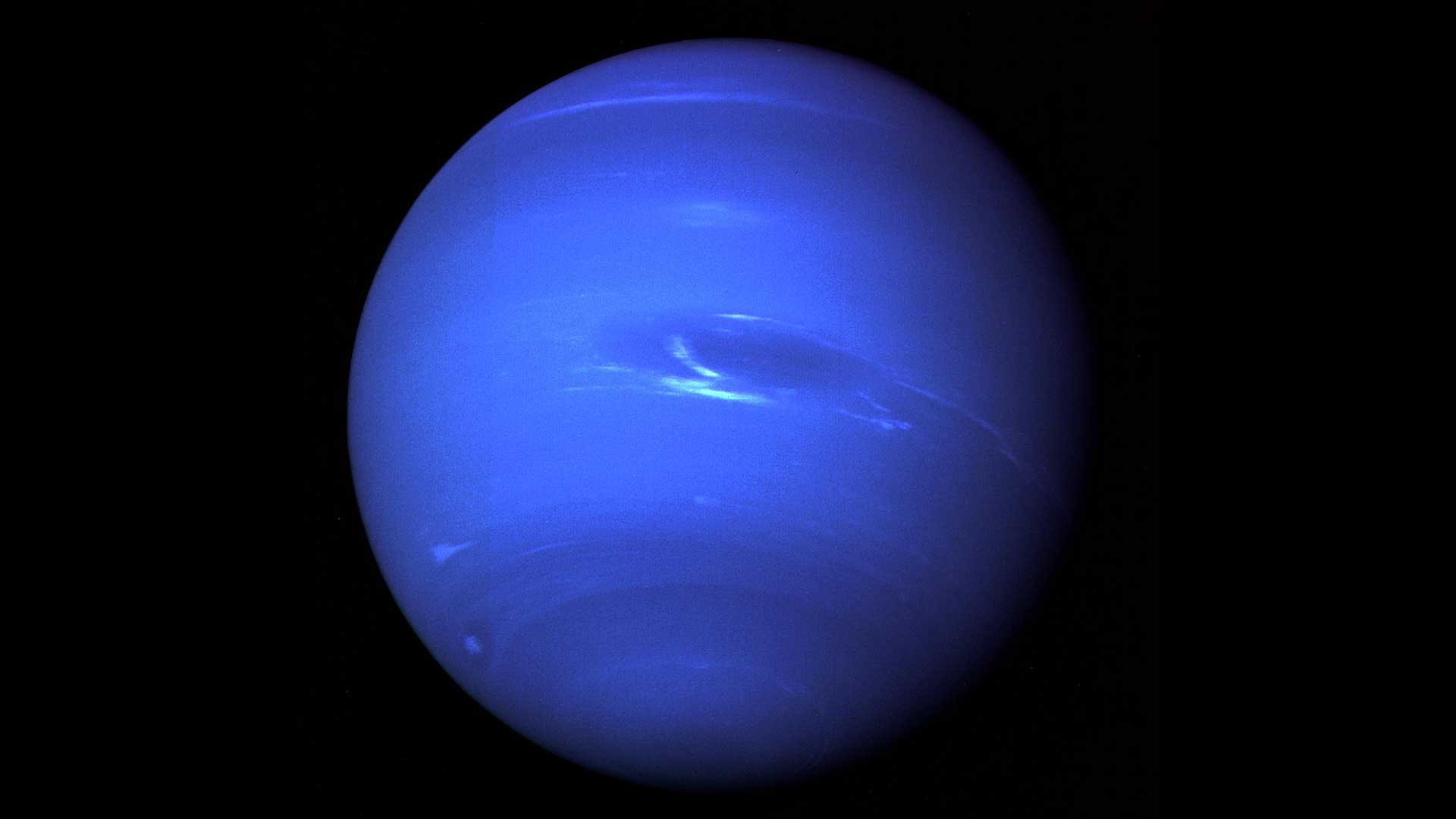


/https://tf-cmsv2-smithsonianmag-media.s3.amazonaws.com/filer_public/54/66/546650fa-26a4-40fd-8d6d-5a7a04540f81/rosetta2.png)
:max_bytes(150000):strip_icc():focal(999x0:1001x2)/robert-prevost-050825-1-39395418ab494da5a3a700c9478e66c8.jpg)


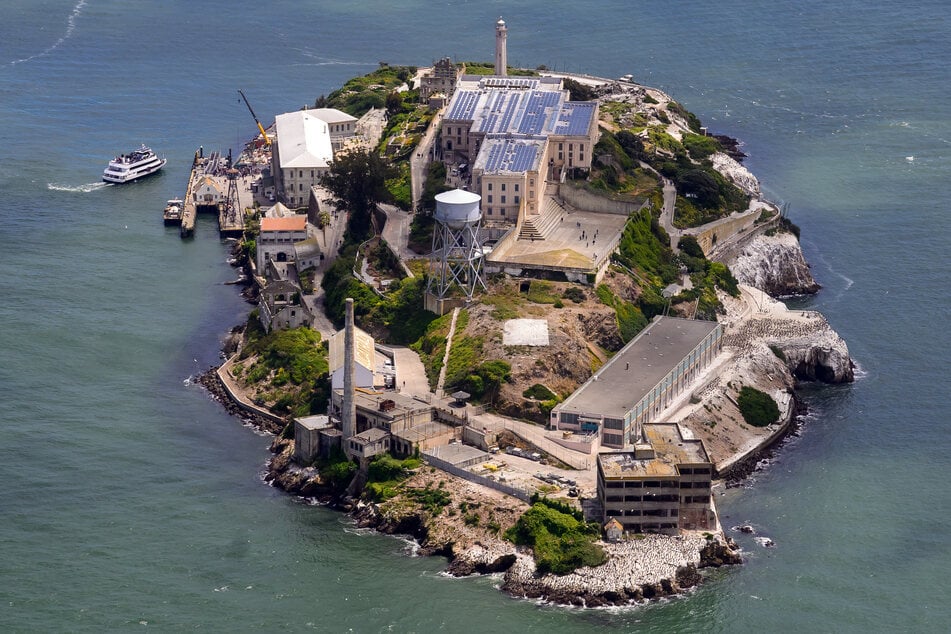























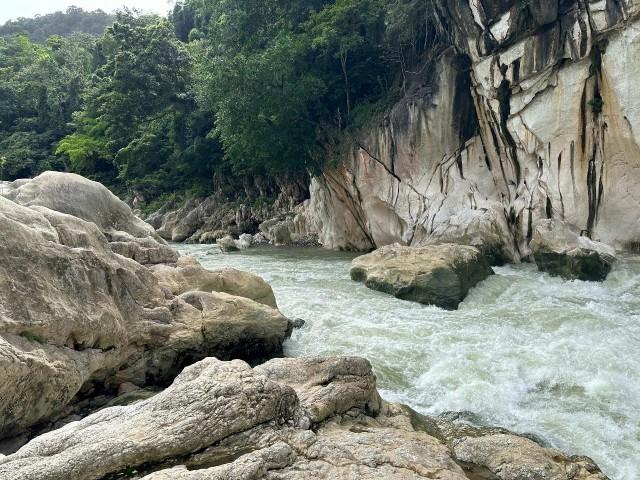




















format(webp))
format(webp))
















